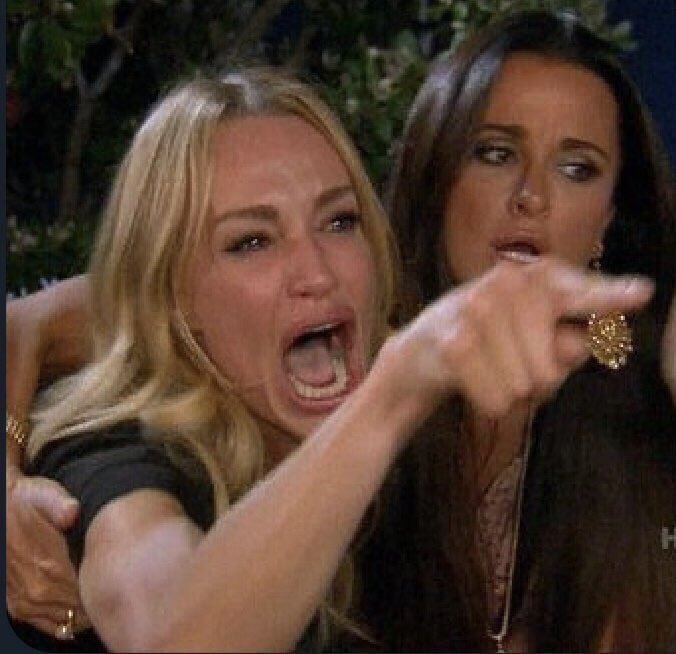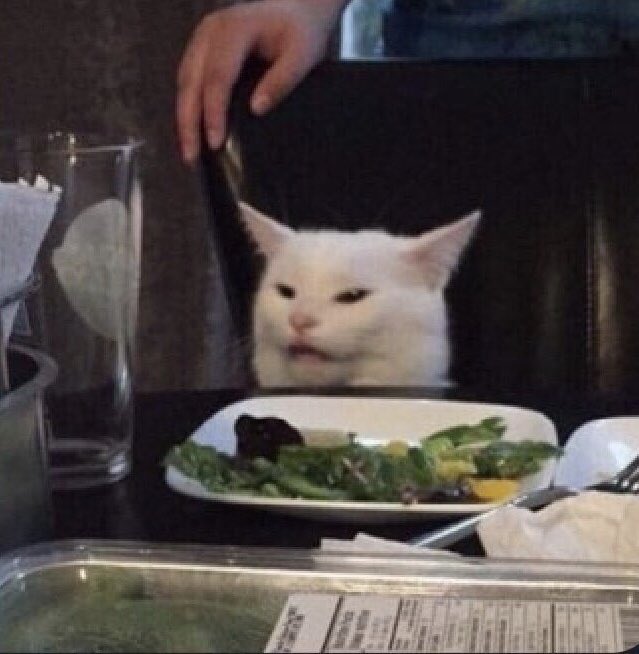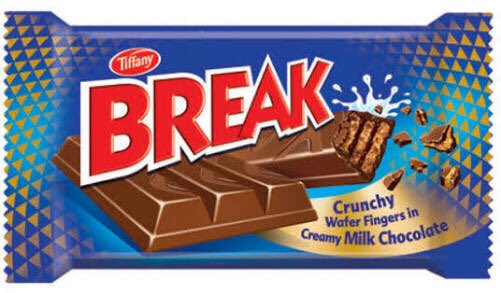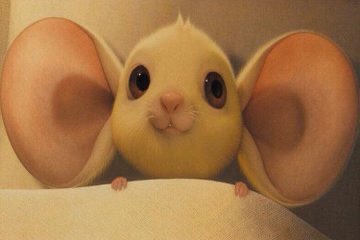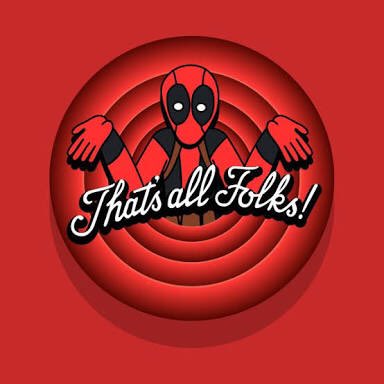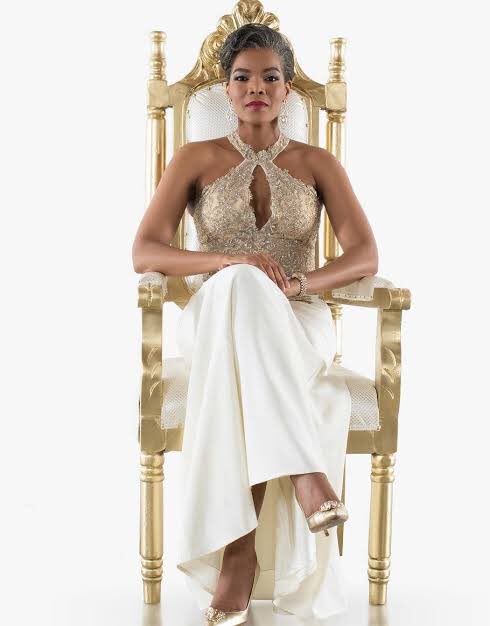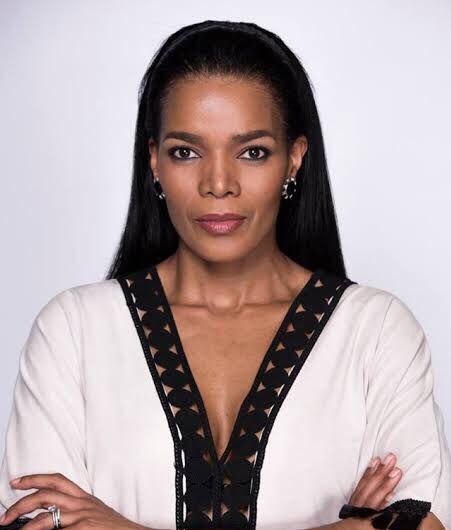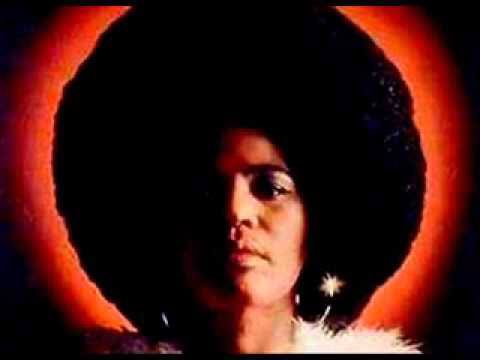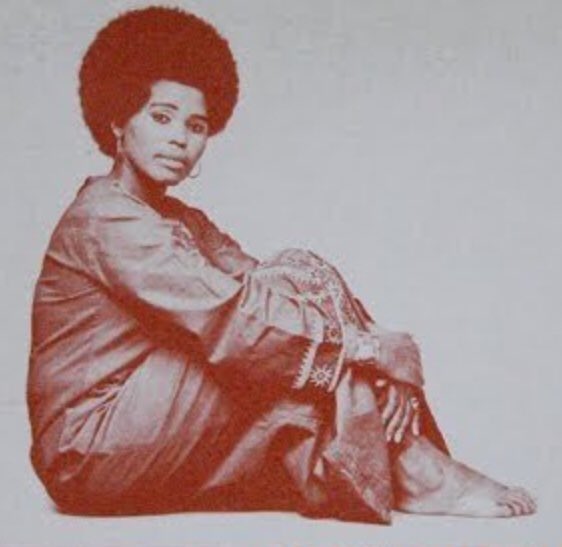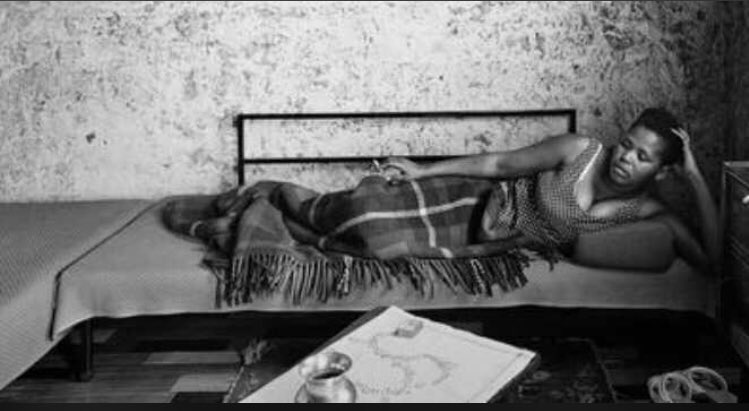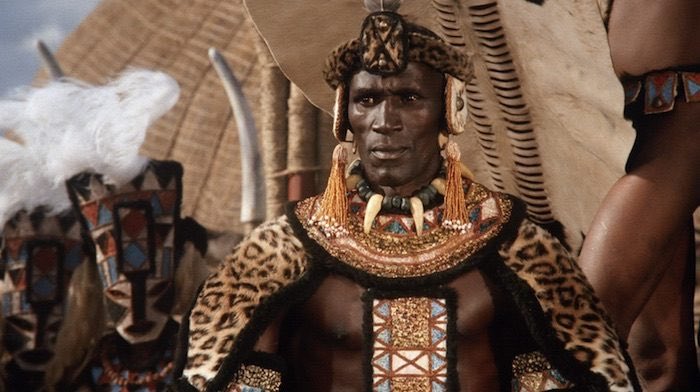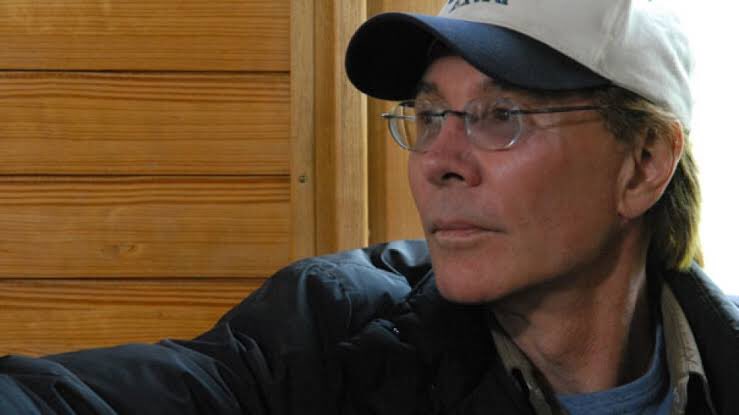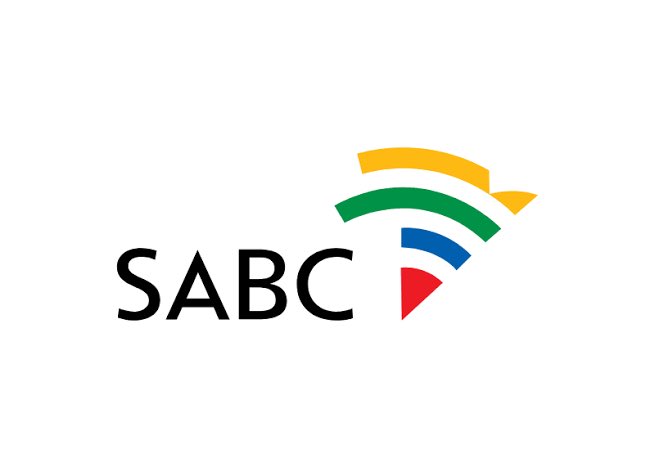Gather around, today’s story is about how one of our favorite brands has been trying to to trademark a shape for over a decade.

1. When people buy Kit Kat, they cannot see the shape unless they open the packet and so, they cannot say the shape is used to distinguish their product from others.
2. The bars seem intended to serve a technical function....
3. Because of the above points 1 and 2, it does not matter that they have been using the shape on their chocolate for 80+ years.













